With bundled payments, pre- and post-operative benchmarks, and patient satisfaction tied directly to reimbursement, the stakes are high.
AI offers a pathway to not just survive in this new model—but to thrive. This article explores how intelligent automation platforms can help orthopedic groups meet value-based care goals by improving documentation, streamlining workflows, and driving better outcomes.
1. Understanding Value-Based Care in Orthopedics
In orthopedic care, value-based models often center around joint replacements, spine procedures, and other high-cost, high-volume interventions. Payers expect not just technical excellence, but end-to-end care coordination, reduced readmissions, and improved patient experience.
Key metrics include:
- Surgical complication and infection rates
- Pre-op and post-op documentation completeness
- Timely patient follow-up
- Reduced avoidable ER visits and readmissions
- Patient-reported outcomes (PROMs)
- Cost per episode of care
Achieving these requires tight operational coordination and proactive patient management—both areas where AI can play a significant role.
2. Where AI Makes an Impact
a. Pre-Operative Optimization
AI agents can ensure eligibility checks, pre-authorizations, and risk assessments are completed on time and accurately documented. This reduces day-of-surgery cancellations, which directly affect bundled payment margins.
b. Real-Time Documentation Support
AI can help ensure that orthopedic documentation—particularly around surgical indications, implant selection, or conservative care pathways—is complete and payer-compliant. This not only protects reimbursement but supports VBC audit readiness.
c. Referral Management and Intake
Automated AI platforms can route referrals based on procedure type, urgency, or payer status—helping to balance provider load and streamline patient access. Faster intake = faster time to surgery.
d. Post-Op Coordination
AI agents can help monitor follow-up timelines, send reminders for PROMs, and triage incoming faxes (like rehab notes or post-op imaging) to the correct provider.
e. Risk Stratification and Patient Engagement
Some AI platforms now integrate risk scoring into pre-visit workflows, enabling care teams to flag patients who may require closer follow-up or extra education—reducing downstream utilization.
3. Aligning with CMS and Commercial VBC Models
Many orthopedic clinics are part of bundled payment arrangements like BPCI-Advanced or commercial variants from Aetna, Cigna, and UnitedHealthcare. These programs often include penalties for:
- Documentation gaps
- Failure to submit required PROMs
- Readmissions within 90 days
AI platforms like Honey Health are designed with audit-readiness in mind. Every agent action is logged, every documentation edit is traceable, and every workflow step can be QA'd. That’s critical when facing payer audits or needing to justify outcomes in VBC scorecards.
4. Key AI Use Cases That Support VBC in Ortho
AI AgentVBC ImpactEligibility AgentPrevents wrong-payer issues and improves pre-op planningPrior Auth AgentSpeeds up surgery scheduling and reduces denied claimsChart Prep AgentEnsures documentation meets payer and registry standardsFax Triage AgentRoutes post-op imaging and rehab updates accuratelyRefill AgentEnsures continuity in conservative management documentationFollow-Up AgentDrives PROM completion and reduces missed visits
Each of these agents contributes to both clinical and financial outcomes that VBC models measure.
5. Choosing the Right AI Platform
Not all platforms are created equal. Look for solutions that:
- Are trained on orthopedic workflows
- Offer audit trails and HIPAA compliance
- Integrate natively with your EHR (like Epic or Athena)
- Allow customization for bundled payment workflows
- Provide fast onboarding and specialty-specific support
Avoid tools that are simply general-purpose LLMs or documentation helpers. To support VBC success, your AI must operate with full context and be embedded in your back office—not layered on top.
6. What Sets Honey Health Apart
Unlike generic automation tools, Honey Health builds dedicated AI agents that mirror real orthopedic team roles—from pre-op coordination to post-op follow-up.
For example:
- A large orthopedic group using Honey’s fax triage + refill + prior auth agents saw a 40% drop in admin overhead tied to bundled payment procedures.
- Another client improved its PROM completion rate by 27% using a combination of AI-led patient reminders and fax automation.
These aren’t just time-savers—they’re margin drivers.
7. Final Takeaways
Meeting value-based care goals in orthopedics isn’t just about clinical excellence—it’s about operational excellence. AI can be the multiplier that enables your existing team to scale, streamline, and succeed in an environment where every detail counts.
With the right platform, orthopedic practices can:
- Automate repetitive pre- and post-op tasks
- Improve documentation and audit readiness
- Reduce costs per episode of care
- Deliver better patient outcomes—and prove it
If your group is pursuing or expanding value-based care contracts, now is the time to explore how AI can help.

